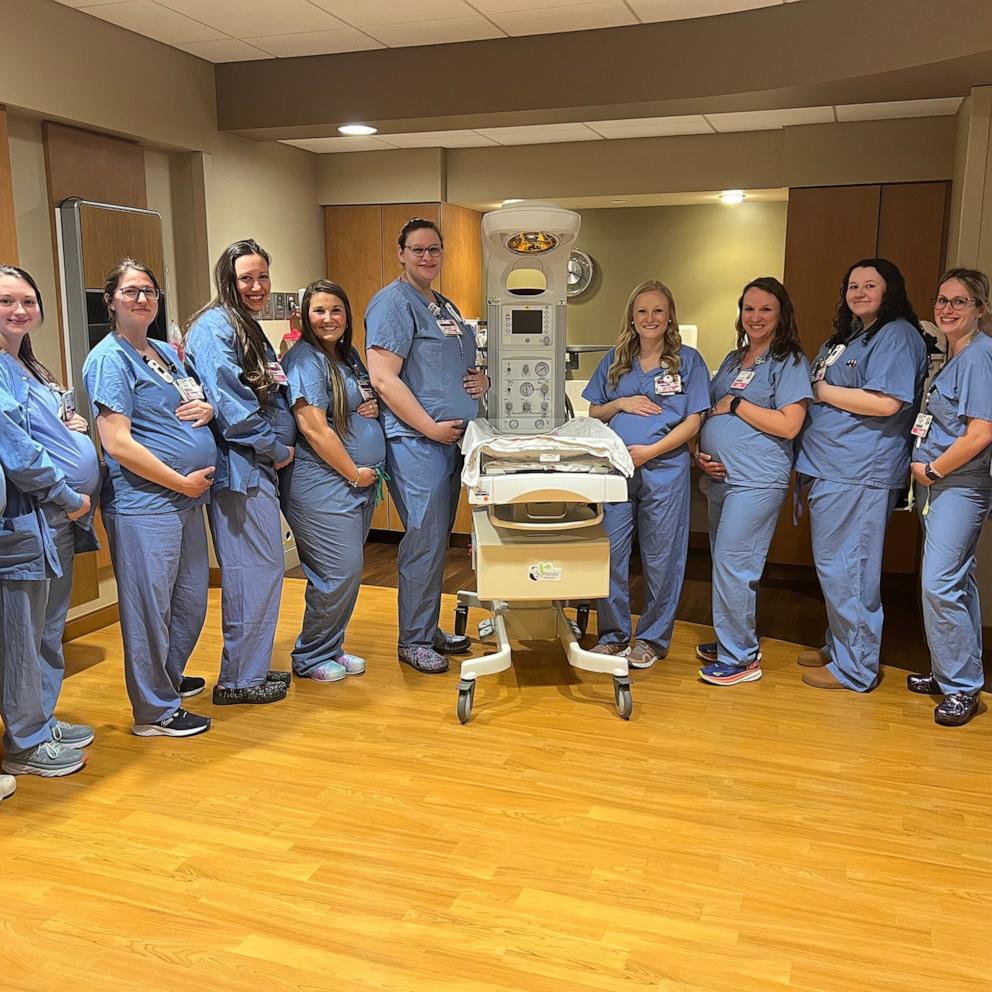Rite Aid refiles for bankruptcy: What shoppers need to know
Drugstore chain Rite Aid is filing for bankruptcy again, eight months after emerging from a previous Chapter 11 filing in September 2024.
What Rite Aid's latest bankruptcy means for shoppers
Rite Aid said in a May 5 announcement that it plans to keep its stores open while it tries to sell off assets so existing customers do not need to transfer prescription orders to other pharmacies.

"During this process, Rite Aid customers can continue to access pharmacy services and products in stores and online, including prescriptions and immunizations," the company said in a news release. "In connection with the sale process and court-supervised proceedings, the Company is working to facilitate a smooth transfer of customer prescriptions to other pharmacies. Rite Aid employees assisting with this process will continue to receive pay and benefits."
Rite Aid says it has secured $1.94 billion in new financing from existing lenders to stay operational during bankruptcy proceedings.
Which Rite Aid stores will close?
Rite Aid, the third-largest standalone pharmacy chain in the U.S., was founded in 1962 as Thrif D Discount Center in Scranton, Pennsylvania. The chain now has over 1,200 stores in 15 states from California to Vermont.
Although Rite Aid said it plans to keep stores open for now, stores could either close later on or be operated by a new owner.
According to Rite Aid, all of its distribution centers will close.
How about other drugstores?
Other retail pharmacies, such as CVS and Walgreens have also faced headwinds recently, closing stores amid growing competition from other retailers including online pharmacies, according to reporting from The Associated Press.
In March, Walgreens announced it was planning to be acquired by an entity of Sycamore Partners, a private equity firm based in New York.
Editor's note: This article was updated to include further details about the Rite Aid bankruptcy process.







